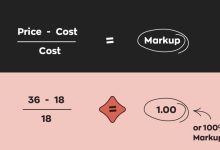Replica cross-border eCommerce products, as the name suggests, typically refer to Putian shoes and high-end fashion replicas from Guangzhou. This is not only well-known in China but has also become commonplace for consumers around the world. Essentially, once a brand gains recognition, the issue of replicas becomes inevitable.

For example, one of my clients visited Chinatown in Malaysia, where an entire street of Putian shoes was openly sold — a completely normal scene.

Putian manufacturers have never stopped “influencing” global brands. After all, their motto is: “Let the world wear branded shoes.” Even the pair of Nike or Adidas shoes you buy from official stores—can you be 100% sure they are not the same quality, 1:1 replicas from Putian? Think about it.
Let’s get straight to the point: existence equals legitimacy! Even though buyers know replica cross-border eCommerce products are not genuine, they still flock to purchase them. The reason is simple — these products inherently carry traffic-attracting properties and labels.
1️⃣ Brand Recognition
Legacy brands like Nike, Adidas, Gucci, and Chanel have spent decades building market awareness and strong user reputations. Consumers naturally desire these brands, and even replica products can quickly capture attention. Simply put, the market actively chases branded items.
2️⃣ Cost-Effectiveness and Value
In the U.S., I noticed that both affluent and budget-conscious buyers often purchase replicas. For a fraction of the price, they can enjoy the same branded experience. Many replica buyers maintain a personal “brand collection,” filled with watches, bags, and shoes from China, rotating them at parties or events to maximize satisfaction.
3️⃣ Traffic Distribution Mechanism
On replica cross-border eCommerce websites, traffic drives everything. Independent sites often escape strict monitoring; some servers and domains even ignore brand complaints entirely. Product titles and keywords frequently include official brand names, allowing replicas to appear in searches for genuine items. Social media and user-generated content amplify this effect, drawing more consumers toward replicas and sometimes converting them from genuine buyers.

4️⃣ Mature Supply Chains
Global replica production is not limited to Putian or Guangzhou. Other hubs include India (textiles, apparel, pharmaceuticals), Vietnam, Cambodia, Bangladesh (apparel, footwear), Turkey (clothing, bags), Brazil & Mexico (sportswear, electronics), the Middle East (watches, bags, jewelry, perfumes), and Italy. High labor density, low cost, and profit-driven models enable extensive, high-quality production at small scales, making supply chains very mature.
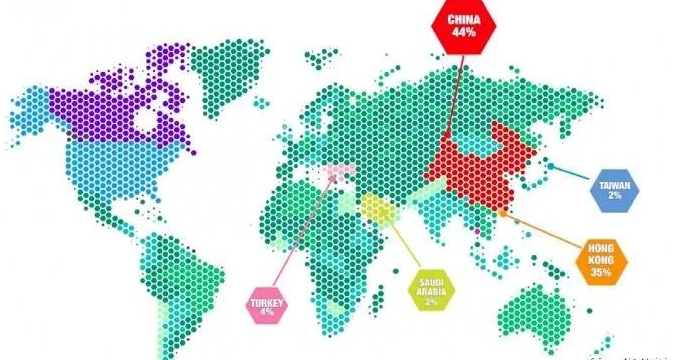
5️⃣ Loose Market Regulation
In some countries, cross-border platforms and local authorities enforce minimal oversight over replicas, providing room for survival and growth. Particularly in parts of South America, governments often adopt a “turn a blind eye” approach due to local economic realities. This allows replica products to thrive and circulate globally.
In short, replica products inherently attract traffic due to brand recognition, affordability, strategic online exposure, robust supply chains, and lenient regulatory environments. This explains why these products consistently perform well in cross-border eCommerce markets.
 Custom E-commerce Solutions for High-Quality Designer-Inspired Fashion Replicas | Website Development, Dropshipping, Payment Integration for PayPal and Stripe, Ad Cloaking Services
Custom E-commerce Solutions for High-Quality Designer-Inspired Fashion Replicas | Website Development, Dropshipping, Payment Integration for PayPal and Stripe, Ad Cloaking Services
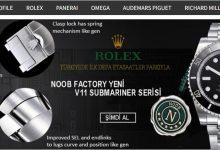




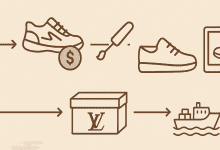
















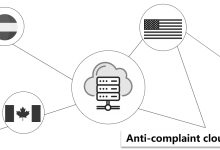




![5 Best WordPress Themes for Replica Product International Trade Websites [Recommended]-Custom E-commerce Solutions for High-Quality Designer-Inspired Fashion Replicas | Website Development, Dropshipping, Payment Integration for PayPal and Stripe, Ad Cloaking Services](https://replicasmaster.com/wp-content/uploads/2025/06/1-1-220x150.jpg)
